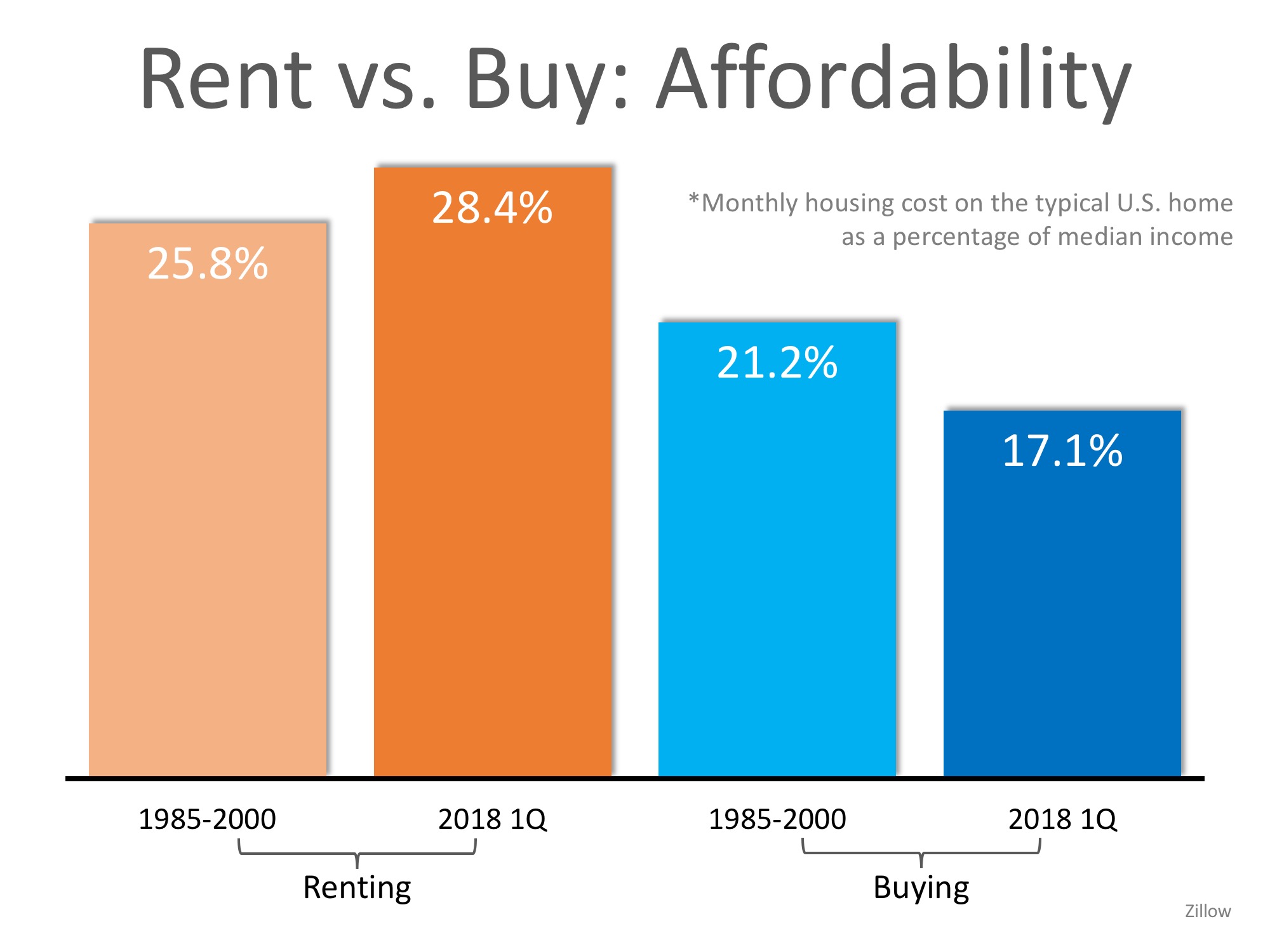![VA Home Loans by the Numbers [INFOGRAPHIC] | Simplifying The Market](https://files.simplifyingthemarket.com/wp-content/uploads/2018/11/05170644/20181109-Share-STM.jpg)
Some Highlights:
- The Veterans Administration (VA) Home Loan is a benefit that is available to more than 22 million veterans & 2 million active duty service members which helps them achieve their dreams of homeownership.
- In 2017, $189 billion was loaned to veterans and their families through the program.
- VA Purchase Loans are on the rise in 46 out of 50 states and Washington, DC.

![VA Home Loans by the Numbers [INFOGRAPHIC] | Simplifying The Market](https://files.simplifyingthemarket.com/wp-content/uploads/2018/11/05170545/20181109-STM-ENG.jpg)






